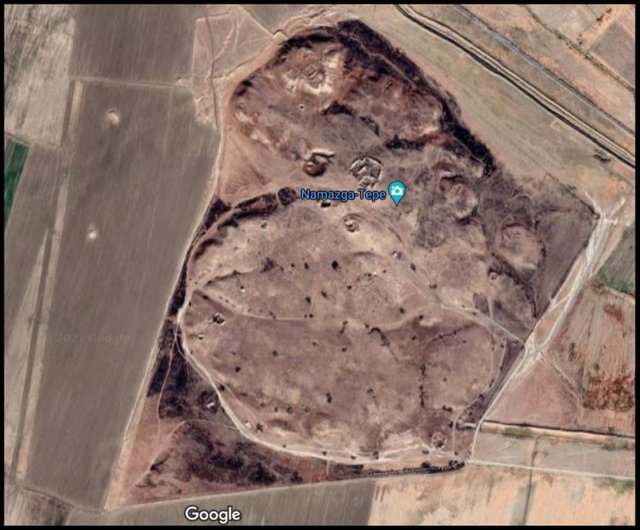Namazga-Tepe: A Glimpse into Bronze Age Central Asia
Namazga-Tepe, an archaeological site located in Turkmenistan, approximately 100 km east of Aşgabat and near the border with Iran, stands as a testament to the Bronze Age Bactria-Margiana Archaeological Complex (BMAC). The site has been the focus of extensive excavations since the 1950s, led by notable archaeologists such as Vadim Mikhailovich Masson, Viktor Sarianidi, and I. N. Khlopin. These efforts have significantly contributed to the understanding of the Bronze Age chronology in Turkmenistan, particularly for the periods Namazga III-VI.
Get your dose of History via Email
Preceding Cultures and Chronology
The Namazga culture was not the earliest to inhabit this region. It was preceded by the Jeitun culture, and even before that, the area saw the Anau culture, which considerably predates the Namazga culture. The Namazga I period, dating from approximately 4000 to 3500 BC, is considered contemporary with the Anau IB2 period.
The site of Namazga-Tepe itself underwent significant development over time. By the Namazga III period (circa 3200–2800 BC), it had evolved into a village settlement in the Late Chalcolithic phase. The subsequent Namazga IV period (circa 2800–2400 BC) saw the site transform into a proto-urban center, marking the Late Regionalization Era.
The Namazga V period (circa 2400–2000 BC) is particularly notable for the “urban revolution” that took place, following the Anatolian model with minimal irrigation. During this time, Namazga-Tepe emerged as a central production and probable governmental hub, covering an area of some 60 hectares, with Altyndepe likely serving as a secondary capital. However, around 1600 BC, Altyndepe was abandoned, and Namazga-Tepe significantly reduced in size.
The final phase, Namazga VI (circa 1800–1500 BC), corresponds to the Late Bronze Age and the Localization Era. This period is characterized by the incursion of nomadic pastoralists from the Alekseyevka culture and/or Srubna culture. Additionally, detailed painted potteries have been discovered at the site, providing further insight into the artistic endeavors of its inhabitants.
Decline and Legacy
Namazga-Tepe’s decline during the Late Bronze Age led to its survival only as a small village before being completely abandoned during the Achaemenid Period. This decline is mirrored in the fate of Altyn-Tepe, another significant site in Turkmenistan, which also experienced abandonment due to soil exhaustion and climatic changes.
The archaeological record of Namazga-Tepe and its surrounding region offers a window into the flourishing urbanized civilization that once existed in Central Asia. Before the dramatic climatic shifts that transformed this fertile region into a desert, it was home to a complex society whose extent and significance are only now being fully appreciated.
Conclusion
The study of Namazga-Tepe and its cultural chronology provides invaluable insights into the development and decline of Bronze Age civilizations in Central Asia. The archaeological findings from this site not only contribute to our understanding of the region’s prehistory but also highlight the impact of environmental changes on human societies. As excavations and research continue, the legacy of Namazga-Tepe and its place within the broader narrative of ancient Central Asian civilizations will undoubtedly be further illuminated.
Sources:

